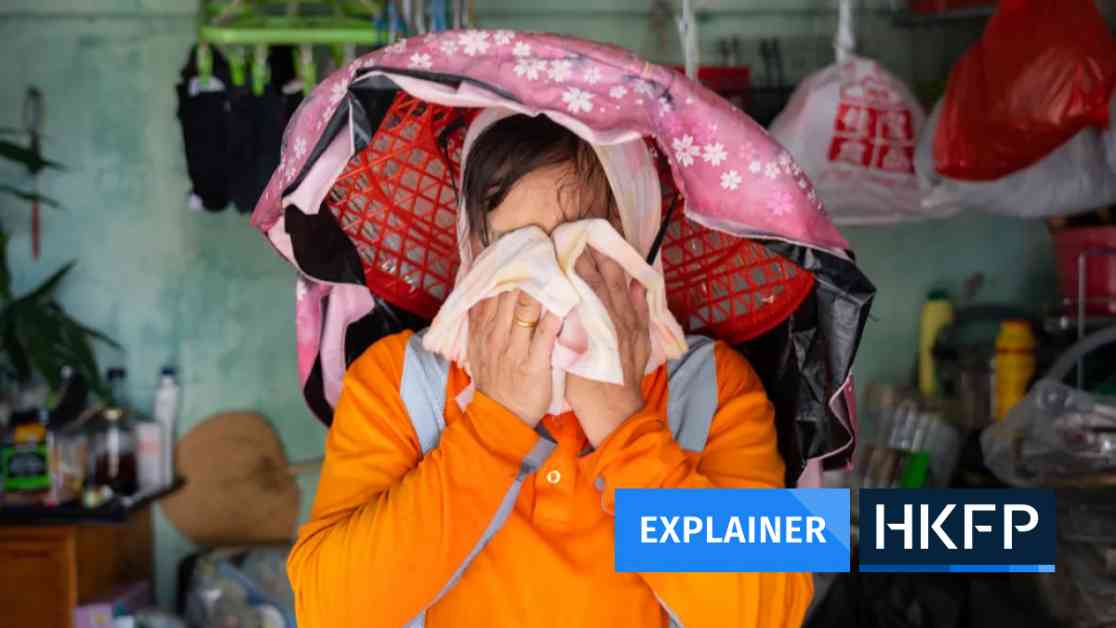Extreme heat, often referred to as the “silent killer,” poses a significant threat to human health and safety, surpassing the visible devastation of hurricanes, floods, and tornadoes. Unlike these extreme weather events, extreme heat leaves no trace, making it deadlier than all of them combined. According to a modelling study reported in The Lancet, about 489,000 people died from extreme heat annually worldwide from 2000 to 2019. Asia, the world’s most disaster-hit region, accounted for 45% of these casualties, while Europe, the fastest-warming continent, saw 36% of the deaths.
Tracking heat-related casualties is challenging due to inadequate record-keeping in many countries, leading to underestimations of the true toll of extreme heat. As our planet continues to warm due to greenhouse gas emissions, extreme heat events are becoming more frequent and intense, posing a grave threat to public health.
Understanding the Impact of Extreme Heat
The human body relies on maintaining an internal temperature of around 36.5 degrees Celsius for optimal health. When exposed to extreme heat, the body initiates cooling mechanisms, such as sweating and dilating blood vessels, to regulate its temperature. However, in cases of extreme heat, where environmental temperatures surpass the body’s own temperature, these cooling mechanisms are compromised. Elevated humidity further hinders the body’s ability to dissipate heat, leading to heat-related illnesses.
In regions like Hong Kong, where temperatures frequently exceed 30 degrees Celsius and humidity levels are high, heat-related illnesses are on the rise. A recent study by the University of Hong Kong revealed that heatwaves in the city over the past decade may have contributed to 1,677 excess deaths. As of 2022, Hong Kong had warmed by 1.7 degrees Celsius compared to pre-industrial times, with the city experiencing exceptionally hot weather in recent years.
The Impact of Nighttime Heat
In addition to daytime heat, nighttime temperatures are also on the rise, preventing the body from recovering from daytime heat exposure. This phenomenon not only disrupts sleep patterns but also increases the risk of heat-related illnesses and mortality. Research has shown that prolonged exposure to high nighttime temperatures can have detrimental effects on physical and mental health, leading to an increased risk of illness and death.
Vulnerable Populations at Risk
Certain populations are more vulnerable to the effects of extreme heat, including women, children, the elderly, and individuals with pre-existing health conditions. Women, particularly pregnant women, face additional risks due to their bodies’ heightened sensitivity to extreme heat. Children are also at risk, with rising temperatures linked to adverse birth outcomes and child malnutrition.
Elderly individuals are particularly susceptible to heat-related illnesses due to age-related physiological changes that reduce the body’s ability to regulate temperature. Social isolation, limited mobility, and lack of access to cooling resources further exacerbate their vulnerability. Individuals with pre-existing health conditions, such as diabetes and cardiovascular diseases, are also at increased risk of heat-related complications.
Socio-economic disparities play a significant role in heat vulnerability, with low-income communities and racial minorities often facing higher temperatures due to lack of green spaces and adequate cooling resources. Urban areas with concrete surfaces tend to retain more heat, posing a greater risk to residents living in these environments.
Occupational Risks and Heat Exposure
Outdoor workers, such as street cleaners and waste collectors, face heightened risks of heat-related illnesses due to prolonged exposure to extreme temperatures. Inadequate ventilation, poor working conditions, and lack of rest areas further increase their vulnerability to heat stress. Organizations like Oxfam Hong Kong have highlighted the need for improved working conditions and access to cooling resources for these frontline workers.
The Irreversible Trend of Rising Temperatures
Climate change continues to drive the increase in extreme heat events globally, with temperatures reaching record highs in recent years. Scientists warn that without immediate action to reduce greenhouse gas emissions, the world will face irreversible impacts from rising temperatures. The past nine years have been the hottest on record, with 2023 ranking as the hottest year globally.
Looking Ahead: Mitigating the Impact of Extreme Heat
As the world grapples with the escalating threat of extreme heat, proactive measures are needed to protect vulnerable populations and reduce the risk of heat-related illnesses and fatalities. Improving access to cooling resources, implementing heat action plans, and raising awareness about the dangers of extreme heat are crucial steps in addressing this silent killer.
In conclusion, extreme heat poses a significant threat to public health and safety, surpassing the visible devastation of other extreme weather events. As our planet continues to warm, the frequency and intensity of heatwaves are expected to increase, highlighting the urgent need for climate action to mitigate the impact of extreme heat on communities worldwide.



















